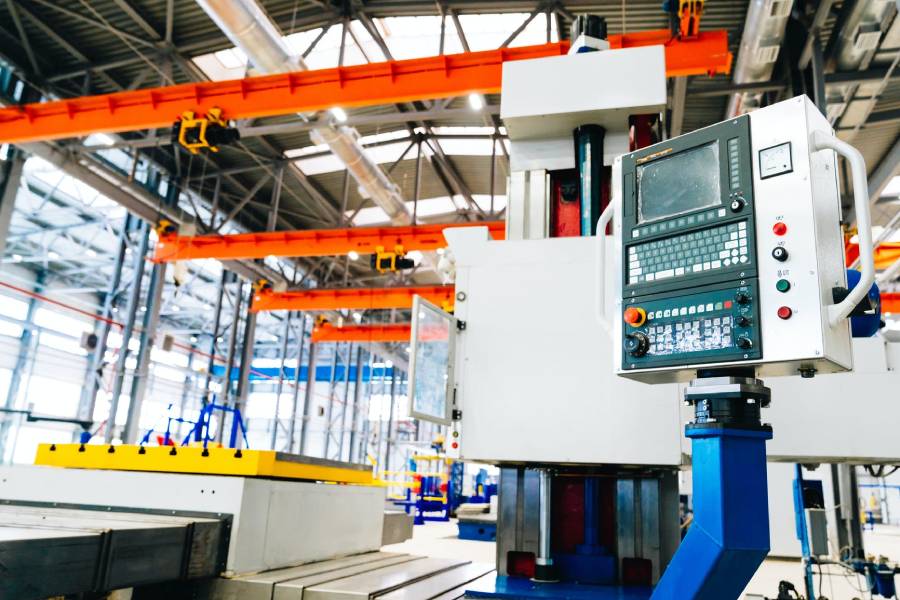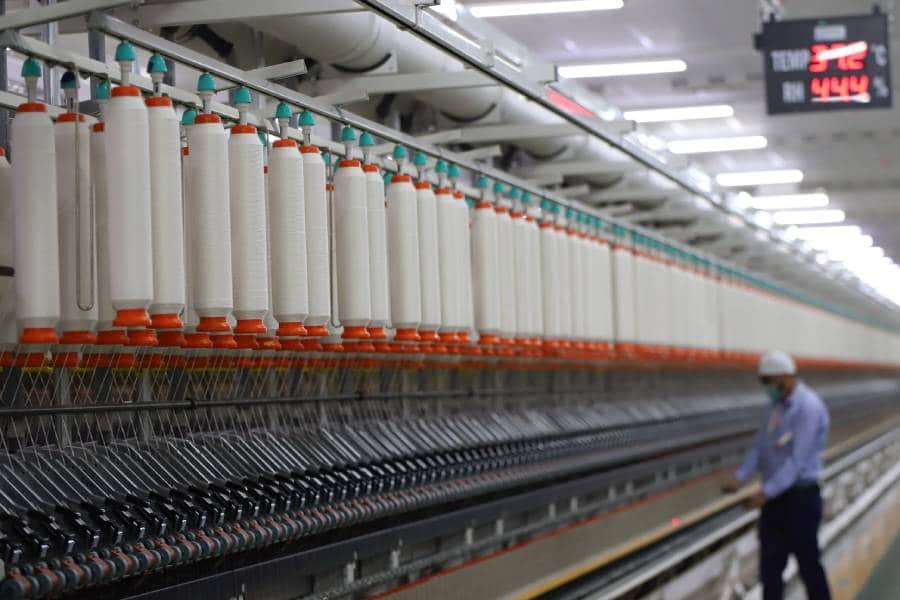Manufacturing with AI continues to find its way into improving the industry. Primarily, in the manufacturing industry, reports show that the global market can expect AI to thrive – it is expected that by 2027, market value will reach 9.89 billion USD.
Why is this the case? The manufacturers of today are seeing the impact, and are looking to implement AI – in one form or another – into their manufacturing plants, factories, and operation facilities. What’s causing the surge?
The benefits of implanting AI in various manufacturing processes is said to improve quality by as much as 50% in the production phase. The question here is how.
4 Ways AI Can Innovate Manufacturing Processes and Systems
Among the creative ways that AI can introduce and improve processes include: defect detection, quality assurance, predictive maintenance, and product assembly.
Defect Detection
Manufacturing with AI systems are said to be able to detect defects in machinery and equipment even before they cause real damage. If you think about it, this prevents the downtime of operation facilities. It would also mean reduced wastes, lower costs for maintenance personnel, faster production times, better quality products, and overall improvement of productivity.
This is possible through a technique called machine learning – a system that learns from different data sets and patterns. Instead of inspecting each manufactured product manually, AI can be used to automate the process.
According to CNBC, AI can detect defects within seconds, saving 25% of energy costs. This has an impact on swifter decision-making based on the findings of the data driven technique. More than that, manufacturers can now focus on quality rather than testing for it – this increases efficiency and saves up almost 50% in terms of time spent.
Quality Assurance
What about quality assurance? Reading for this topic, one can learn that AI is able to reduce waste or rejections by as much as 50%. This is achieved through quality data being automatically generated and statistically relevant which improves the whole production process. Production time can be reduced, and more importantly, materials can be sourced properly to reduce costs of material wastage.
In the past, machines required a human operator to check for defects. This created issues in itself then, due to errors that may occur in interpreting data or quantifying it. With AI, companies can now gather more accurate insights into product quality and status of production lines, with just an algorithm at play.
Predictive Maintenance
This is the application of AI to monitor equipment performance and anticipate when repairs will be needed. With this information, manufacturers can reduce unplanned downtime by as much as 40%. It also provides the chance to schedule maintenance work in advance before any malfunctions occur.
With predictive maintenance between machinery suppliers and manufacturers becoming possible via AI, the opportunity of reducing downtime and improving equipment yields (i.e., improved equipment health) becomes more efficient.
This is actually a multi-faceted application that has an impact on different areas of operations. Leading firms have already begun integrating this into the manufacturing process while others are still in the planning stages.
So, can AI also help in predictive maintenance? Absolutely. The technology can actually be used to “read” the state of a machine and determine when it needs servicing or maintenance, and what that entails. With this, manufacturers can save as much as 20% in terms of downtime and parts cost during repairs.
Product Assembly
Lastly, AI is also being used to improve product assembly. The quality of parts will be automatically ensured through image processing coupled with artificial intelligence where relevant data will be generated for analysis by humans.
In manufacturing, product assembly is a key process where different parts are combined to create a finished product. It is important that these pieces be of high quality and workability so the production line will move faster and without major malfunctions.
The current system in place requires human operators to individually inspect each part after it has been manufactured. However, there is also the need for more efficient ways of doing this while at the same time saving resources such as time and manpower. This can be achieved through machine learning techniques such as computer vision and deep learning which allow machines to recognize patterns automatically.
The Internet of Things has gained traction over the years – this means infrastructures within manufacturing systems are actively collecting real-time data on both processes and products themselves. The findings of this data give assemblers the chance to make adjustments if necessary, improving productivity without compromising on current standards set forth by organizations.
Techman Robot is here to Champion Manufacturing with AI
Manufacturers see how AI is changing business – already, more organizations are putting their best foot forward in applying technology that’s common yet immensely useful today. As seen with these four ways of integrating AI into manufacturing processes, there’s no doubt that it is beneficial for resource-oriented manufacturers looking to maximize productivity. This also allows them to make better decisions on future projects and tasks at hand. Other areas where AI is being implemented include sales forecasting, reading text and barcodes, inventory management, and more.
With TM AI+ training server, we can help you solve a range of manufacturing issues, effectively providing your business with a complete AI manufacturing solution.
For any questions, don’t hesitate to send us a message today.


